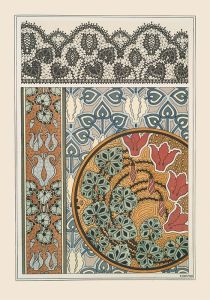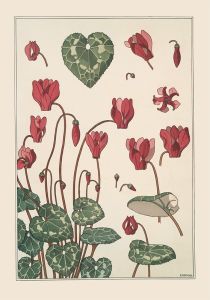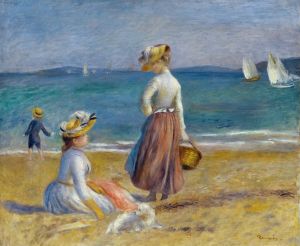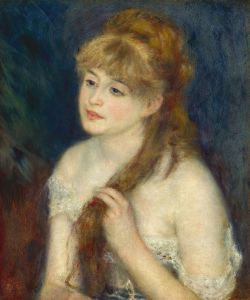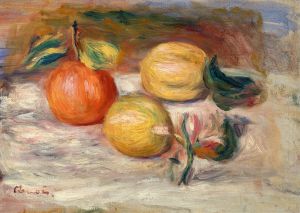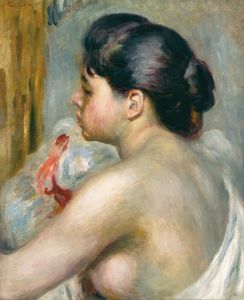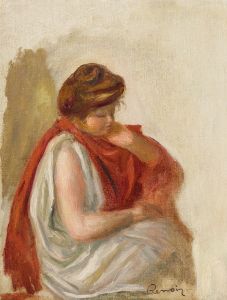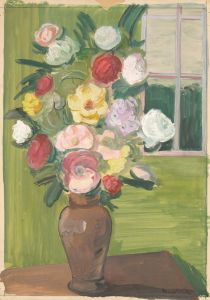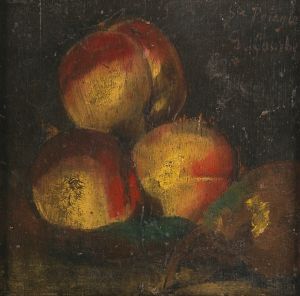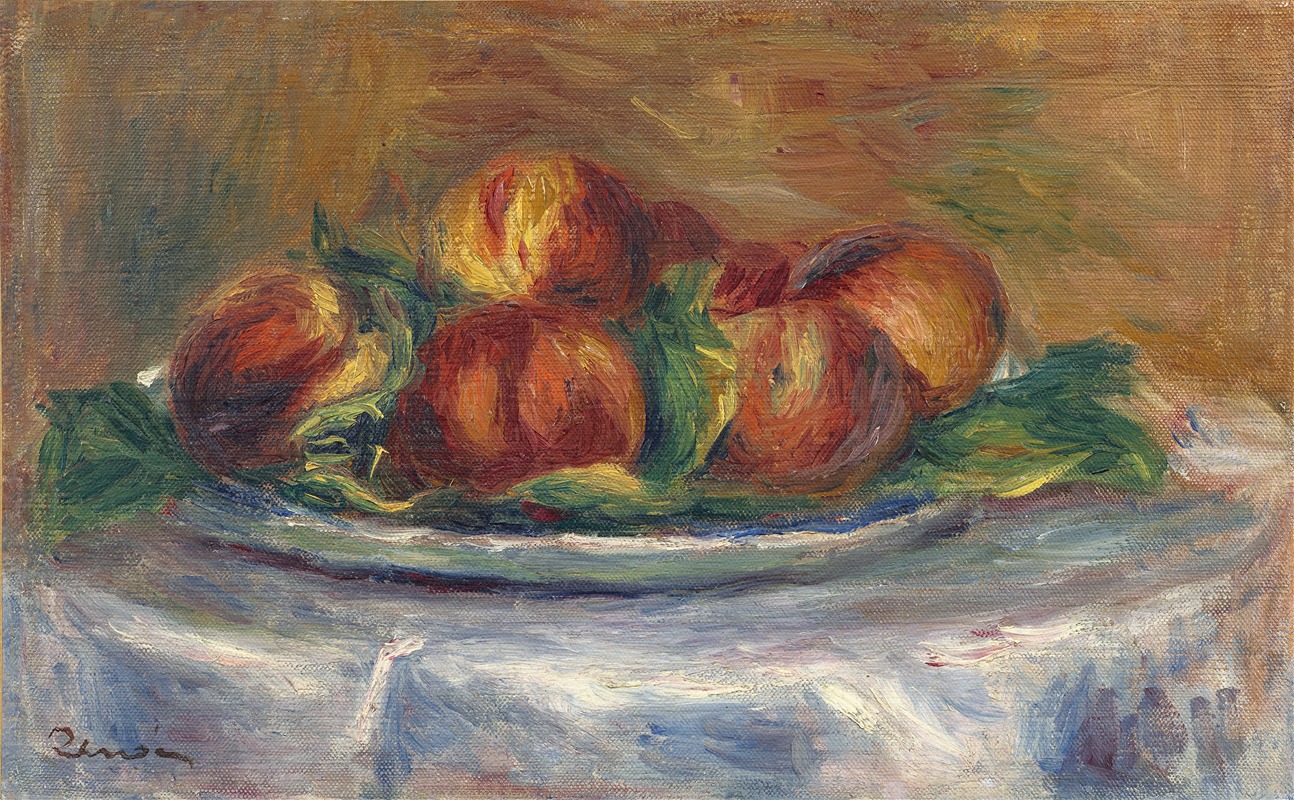
Peaches on a Plate
A hand-painted replica of Pierre-Auguste Renoir’s masterpiece Peaches on a Plate, meticulously crafted by professional artists to capture the true essence of the original. Each piece is created with museum-quality canvas and rare mineral pigments, carefully painted by experienced artists with delicate brushstrokes and rich, layered colors to perfectly recreate the texture of the original artwork. Unlike machine-printed reproductions, this hand-painted version brings the painting to life, infused with the artist’s emotions and skill in every stroke. Whether for personal collection or home decoration, it instantly elevates the artistic atmosphere of any space.
"Peaches on a Plate" is a still life painting by the renowned French artist Pierre-Auguste Renoir. Renoir, a leading figure in the Impressionist movement, is celebrated for his vibrant light and saturated color, which he used to capture the beauty of everyday scenes and objects. This particular painting exemplifies his skill in rendering the delicate textures and colors of fruit.
Created in 1902, "Peaches on a Plate" showcases Renoir's mature style, characterized by a softer focus and a more refined use of color. The painting depicts a simple yet elegant arrangement of peaches on a white plate, set against a subtly colored background. The composition is straightforward, allowing the viewer to appreciate the natural beauty of the fruit.
Renoir's technique in this painting highlights his mastery of light and shadow. The peaches are rendered with a delicate interplay of warm hues, ranging from deep reds and oranges to softer yellows and pinks. The light appears to gently caress the fruit, creating a sense of volume and realism. The plate, painted in cool whites and blues, provides a stark contrast to the warm tones of the peaches, enhancing their visual appeal.
The background of the painting is kept intentionally vague, with soft, blended colors that do not distract from the main subject. This approach is typical of Renoir's later works, where he often focused on the interplay of light and color rather than detailed backgrounds. The overall effect is one of harmony and tranquility, inviting the viewer to appreciate the simple beauty of the still life.
"Peaches on a Plate" is part of a broader tradition of still life painting that dates back to the Dutch Golden Age. However, Renoir's interpretation is distinctly modern, reflecting the Impressionist interest in capturing fleeting moments and the effects of light. Unlike the highly detailed and symbolic still lifes of earlier periods, Renoir's work is more concerned with the sensory experience of the viewer.
This painting is housed in the Musée de l'Orangerie in Paris, which is home to a significant collection of Impressionist and Post-Impressionist works. The museum's collection includes several other works by Renoir, allowing visitors to see the evolution of his style over time.
Renoir's "Peaches on a Plate" is a testament to his ability to find beauty in the everyday. Through his masterful use of color and light, he transforms a simple arrangement of fruit into a captivating work of art. This painting continues to be admired for its elegance and the skill with which it captures the essence of its subject.






